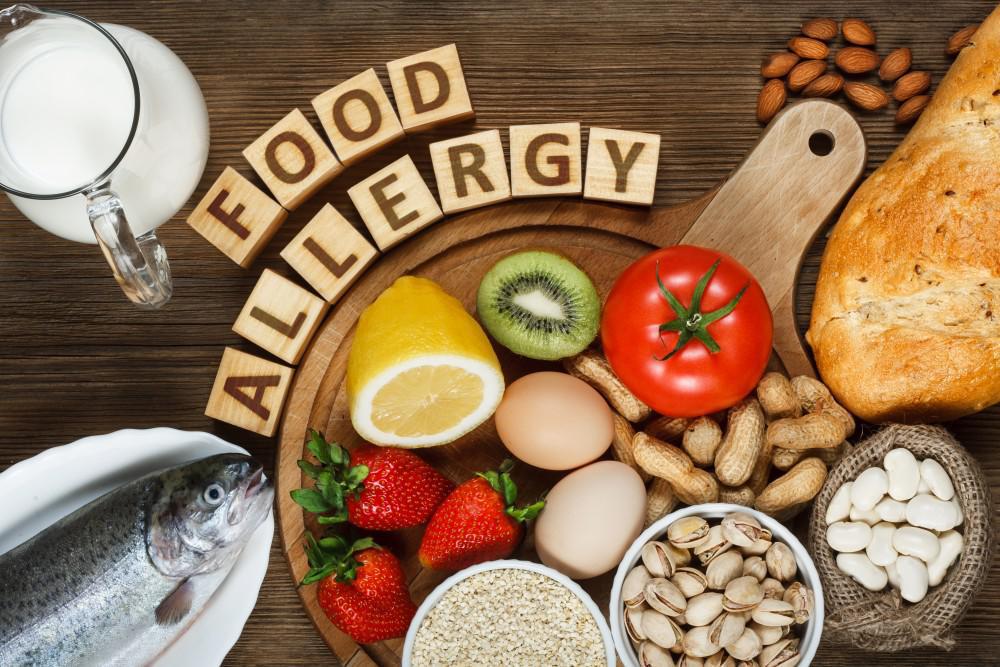
Food allergy refers to an abnormal immune reaction that occurs when certain substances in food enter the body. It can result in disruptions to physiological functions or tissue damage, leading to a range of clinical symptoms. Severe food allergies have the potential to be life-threatening. One effective preventive measure is to indicate the presence or possible presence of food allergens on food labels, enabling consumers with allergies to choose suitable food products. This labeling helps identify the allergens present or potentially present in the food. Additionally, due to the risk of cross-contamination, food products may contain allergens. Due to the uncertainty of threshold doses and safe exposure levels, the food industry often uses precautionary allergen labels (PAL) to warn about potential cross-contamination .
In the Greater China region, there are several common food allergens that individuals may be sensitive or allergic to. These allergens can trigger allergic reactions ranging from mild discomfort to severe health complications. Here are some common food allergens in the region.
Mainland China:
According to the "General Rules for Prepackaged Food Labels" (GB 7718-2011), there are eight recommended labeling allergens for prepackaged food. These allergens include:
a) Cereals containing gluten and their products (such as wheat, rye, barley, oats, spelt, or their hybridized strains).
b) Crustaceans and their products (such as shrimp, lobster, crab, etc.).
c) Fish and fish products.
d) Eggs and egg products.
e) Peanuts and peanut products.
f) Soybeans and soybean products.
g) Milk and milk products (including lactose).
h) Nuts and nut products.
Hong Kong, China:
The "Food and Drugs (Composition and Labelling) Regulations" (Chapter 132W) stipulate eight mandatory labeling allergens for food:
a) Cereals containing gluten (including wheat, rye, barley, oats, spelt, their hybridized strains, and their products).
b) Crustaceans and crustacean products.
c) Eggs and egg products.
d) Fish and fish products.
e) Peanuts, soybeans, and their products.
f) Milk and milk products (including lactose).
g) Tree nuts and nut products.
If a food contains or is composed of sulphites in a concentration of 10 parts per million or more, the functional category and the name of the sulphites must be indicated in the ingredient list.
Macau, China:
Macau's Legislative Decree No. 50/92/M, "Conditions to be complied with in the labeling of prepared food products supplied to consumers," specifies the labeling principles for country of origin or imported prepackaged and non-prepackaged food products. However, it does not have specific regulations regarding allergen labeling. Therefore, Macau does not have mandatory requirements for labeling allergen information, and it is up to the manufacturers to voluntarily provide such information.
Taiwan, China:
The "Regulations on the Labeling of Food Allergens" (2018) specify 11 mandatory labeling food allergens:
a) Crustaceans and their products;
b) Mango and its products;
c) Peanuts and their products;
d) Milk, sheep's milk, and their products (excluding lactitol obtained from milk or sheep's milk);
e) Eggs and their products;
f) Tree nuts and their products;
g) Sesame and its products;
h) Cereals containing gluten and their products (excluding glucose syrup, maltodextrin, and alcoholic beverages derived from cereals);
i) Soybeans and their products (excluding highly refined or purified soybean oil/fat, mixed form of phytosterols and their esters, plant sterols, and plant stanol esters);
j) Fish and fish products (excluding gelatin derived from fish used as a carrier for the preparation of vitamins or carotenoid formulations or for the clarification of alcoholic beverages);
k) Products using sulfites, with residual sulfur dioxide levels of 10 milligrams or more per kilogram of the final product.
The "Guidelines for Recommended Labeling of Food Allergens" specify 3 recommended labeling food allergens:
1) Shellfish and their products: including snails, clams, razor clams, oysters, scallops, mussels, cockles, and abalone, and their products such as dried scallop sauce, dried scallop sugar, and XO sauce with shellfish.
2) Seeds and their products: including sunflower seeds, melon seeds, etc., but excluding highly refined or purified sunflower seed oil obtained from sunflower seeds.
3) Kiwi fruit and its products: including kiwi fruit jam, dried kiwi, etc.
It is important to carefully read food labels and be aware of the potential presence of these allergens when consuming or preparing food in the Greater China region. Individuals with known food allergies should always consult healthcare professionals for proper diagnosis, management, and guidance.